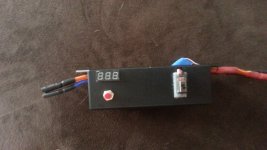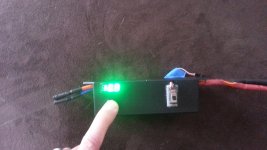torqueboards
1 MW
Yeah. I wasted a few packs on the voltage meters from keeping them on even after riding. The voltage for those cells never came back. I'd just have the balance port accessible when you need it. Thats what I do now. I count on my esc to cut off but check it when I feel I'm close to done with the pack. A switch would be a nice feature too it should work.






